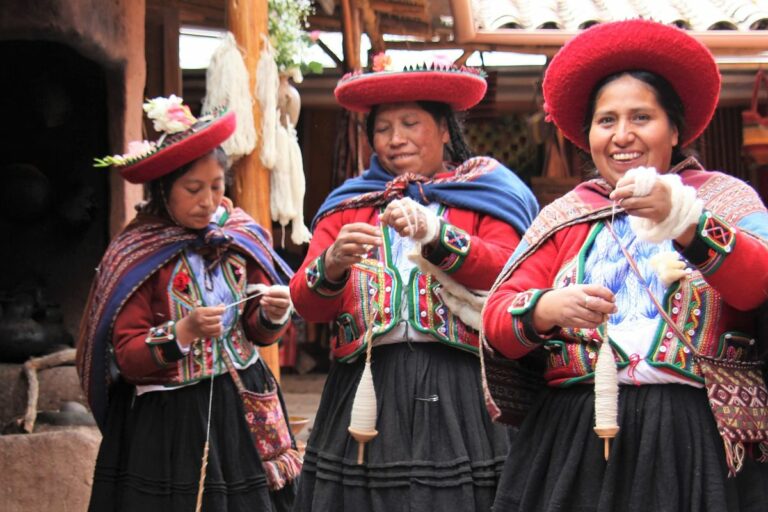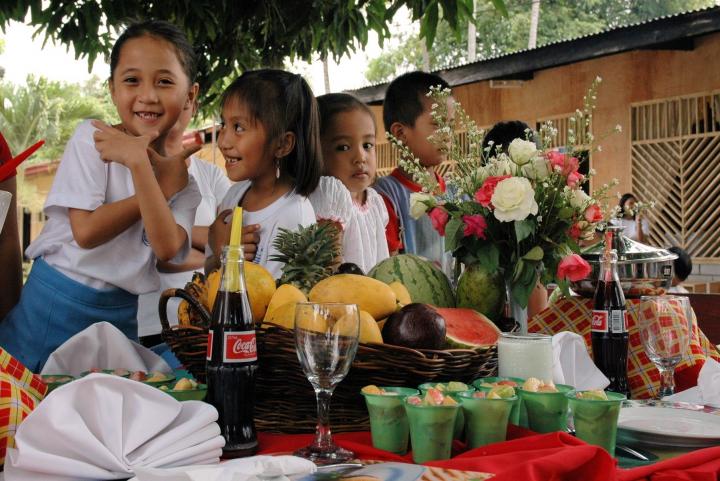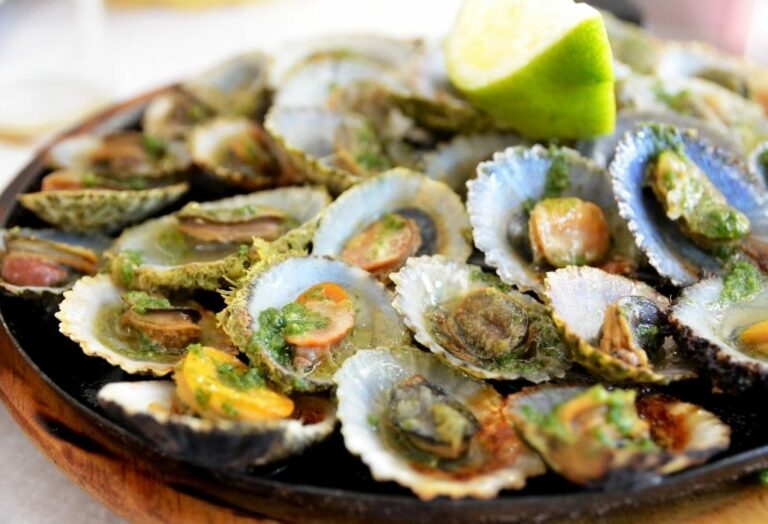Introduction: the diversity of Peruvian cuisine
Peruvian cuisine is a reflection of the country’s diverse cultural heritage and varied geography. From the highlands of the Andes Mountains to the coastal regions, Peruvian cuisine is unique and characterized by its blend of indigenous, Spanish, and African influences. Peruvian dishes are known for their bold flavors, unusual ingredients, and imaginative combinations of spices and herbs.
Causa: the unusual ingredient of yellow potato
Causa is a popular Peruvian dish made of mashed yellow potatoes mixed with lime juice, chili, and oil. The unusual ingredient in this dish is the yellow potato, or papa amarilla, which is a type of potato that is native to Peru. This potato has a distinct flavor and texture that is perfect for making causa. Causa can be served as an appetizer or as a main course, with a variety of fillings such as chicken, tuna, or avocado.
Aji: the spicy and flavorful chili pepper
Aji is a type of chili pepper that is essential in Peruvian cuisine. It is used in many dishes, including ceviche, aji de gallina, and lomo saltado. Aji is known for its spicy and flavorful taste, and it comes in many different varieties, each with its unique flavor and level of heat. Some of the most popular varieties include aji amarillo, aji rocoto, and aji panca. Aji is also used in many sauces and marinades, giving Peruvian cuisine a distinct and spicy flavor.
Maca: the health benefits of this root vegetable
Maca is a root vegetable that is native to the Andes Mountains of Peru. It is known for its many health benefits, including its ability to boost energy levels, improve fertility, and reduce stress. Maca has a nutty and slightly sweet flavor, and it is often used in smoothies, desserts, and baked goods. Maca is also available in supplement form and is popular among athletes and health enthusiasts.
Chicha: the fermented drink made from maize
Chicha is a traditional fermented drink that is made from maize, a type of corn that is native to Peru. Chicha has been consumed in Peru for thousands of years and is often associated with traditional Andean culture. Chicha is made by boiling maize, then fermenting it with saliva or a yeast culture. The resulting drink is sweet, slightly sour, and mildly alcoholic. Chicha is often served at festivals and celebrations in Peru.
Cuy: the traditional dish of roasted guinea pig
Cuy, or roasted guinea pig, is a traditional dish in Peruvian cuisine. Guinea pigs were domesticated by the Incas and were an important source of protein in their diet. Today, cuy is often served on special occasions and is considered a delicacy in Peru. The guinea pig is roasted whole and served with potatoes, corn, and a variety of sauces. While it may seem unusual to some, cuy is an essential part of Peruvian culinary tradition.










